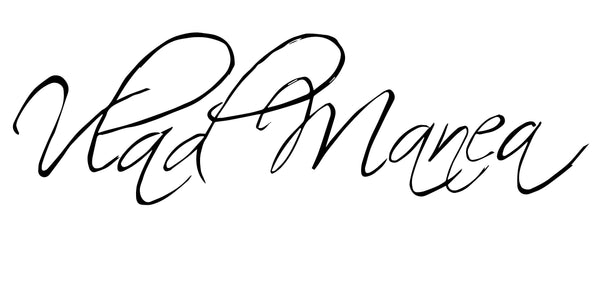Should I Create My Own Presets or Use Ones Made by Others?
Share
When you dive into the world of photo editing—especially using software like Adobe Lightroom—one thing becomes clear fast: presets are game changers. They help you save time, create a consistent style, and streamline your workflow. But then comes the big question:
Should you create your own presets or use ones made by others?
The truth is, both options offer unique advantages depending on your experience, your goals, and your style. Let’s break it down.
What Are Presets?
Before we compare, let’s get on the same page. Presets are saved adjustments—like exposure, contrast, saturation, curves, HSL, and more—that you can apply to any photo with a single click. They can be tailored for everything from portraits and landscapes to moody film looks or bold editorial styles.
Using Presets Made by Others
✅ Pros:
-
Instant Style: You get access to the exact look that other professionals are using—whether that’s a creamy portrait tone or a cinematic travel vibe.
-
Save Time: Instead of starting from scratch, you can apply a preset and tweak only a few settings to make it work for your photo.
-
Great for Beginners: Using high-quality presets is a fantastic way to study how experienced photographers achieve their style. It’s like reverse-engineering someone else’s secret sauce.
-
Variety: Many creators offer preset bundles for different lighting scenarios (e.g. indoor, golden hour, overcast), giving you a flexible toolkit.
⚠️ Cons:
-
Not Always Plug-and-Play: Just because a preset looks great on someone else’s feed doesn’t mean it’ll look good on your photos without some adjustment.
-
Lack of Originality: Relying too heavily on pre-made presets can lead to a portfolio that looks like everyone else’s.
-
You Still Need to Learn Editing: Presets are a shortcut, not a substitute for understanding how editing works.
Creating Your Own Presets
✅ Pros:
-
Completely Custom: You get to build a look that matches your vision exactly, down to the finest details.
-
Consistency Across Your Work: Once you’ve nailed your style, saving your adjustments as a preset helps you stay consistent across client work or your social feed.
-
Develop Your Editing Skills: Creating your own presets forces you to learn how each slider affects the final image—an essential step in becoming a skilled editor.
-
Marketable Asset: If you grow your audience, your presets can become a product you sell—an extra stream of income.
⚠️ Cons:
-
Takes Time to Perfect: Creating a signature preset takes experimentation, trial and error, and a lot of tweaking.
-
Harder for Beginners: If you’re just starting out, you might not yet understand how different tools interact, which can make creating a balanced preset more challenging.
So, Which One Should You Choose?
Here’s the real answer: Do both.
-
Start by using presets from others to speed up your workflow and learn editing structure.
-
Over time, customize those presets to better fit your images.
-
Eventually, create your own once you’ve developed a sense of what you love and what your brand stands for.
This approach gives you the best of both worlds—learning from others while building a style that’s authentically your own.
Final Thoughts
Whether you’re editing a wedding, a landscape from your latest trip, or building your photography brand on Instagram, presets are tools to make your life easier—not limit your creativity.
So don’t stress about choosing one over the other. Start where you are, learn along the way, and remember: the best preset is the one that helps you tell your story better.
Need help building your own custom look?
I’ve created a complete Preset Pack that includes a 1-hour Editing Masterclass showing you exactly how to adjust presets for any lighting scenario. Perfect for photographers who want to learn and grow—fast.
